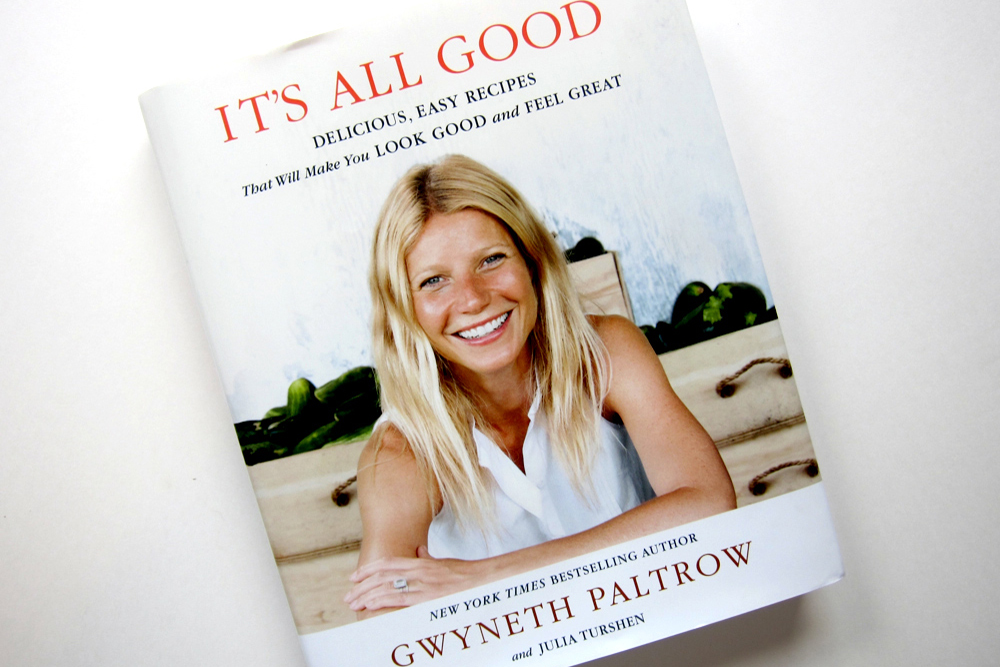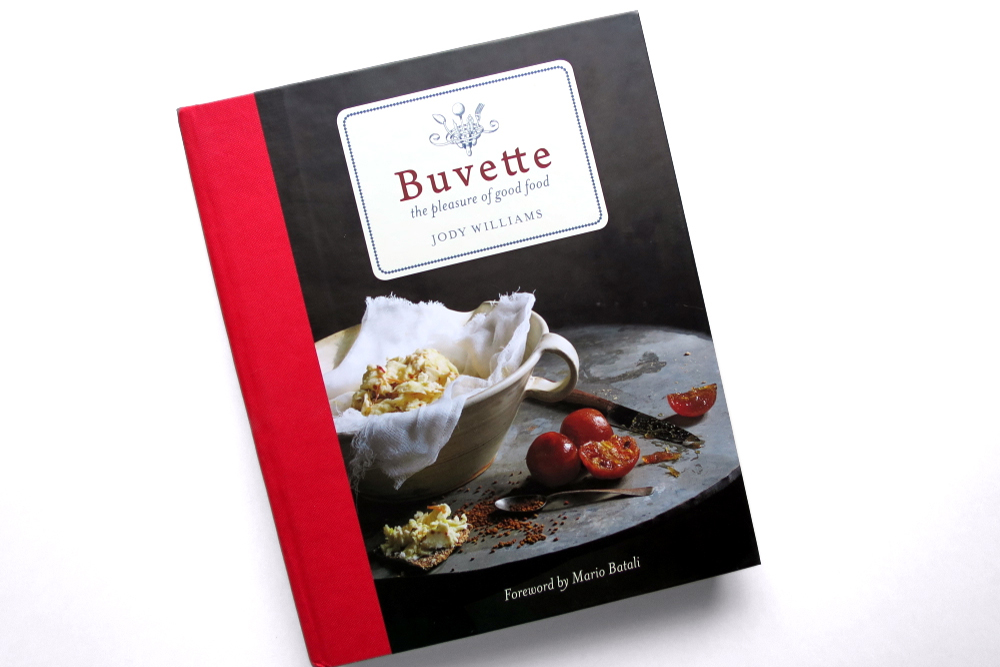Pizza with Heirloom Tomatoes, Arugula and Basil
Julia Turshen’s Hot Bread Pizza Salad
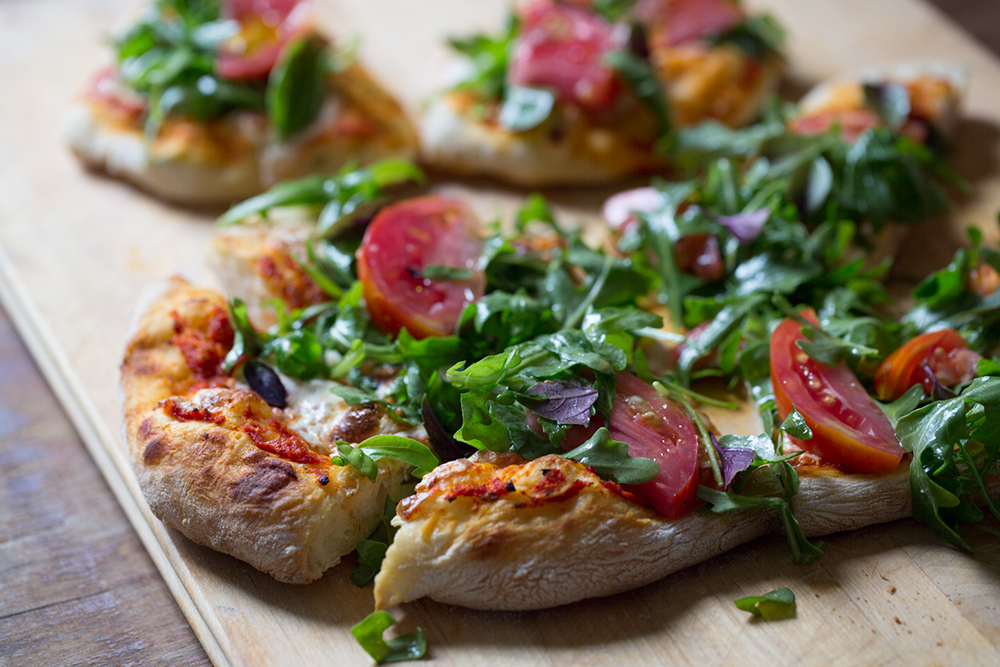
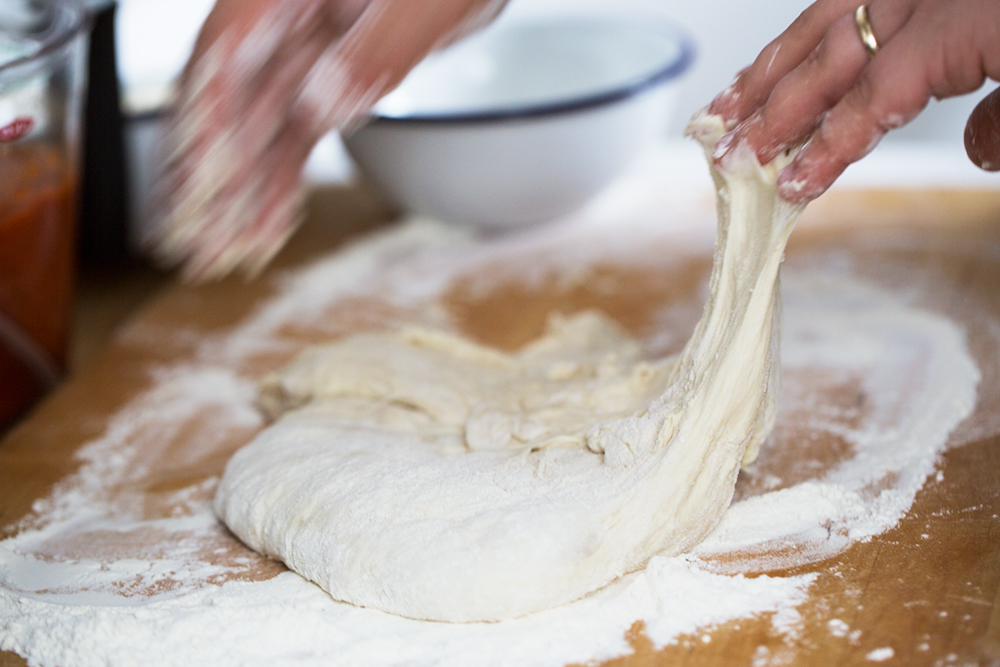
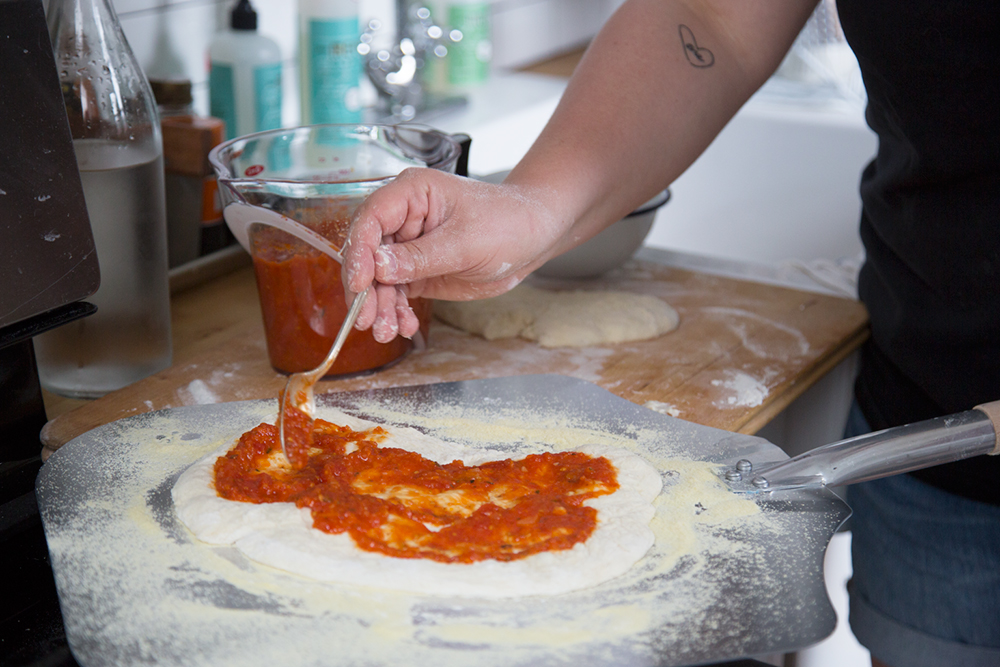
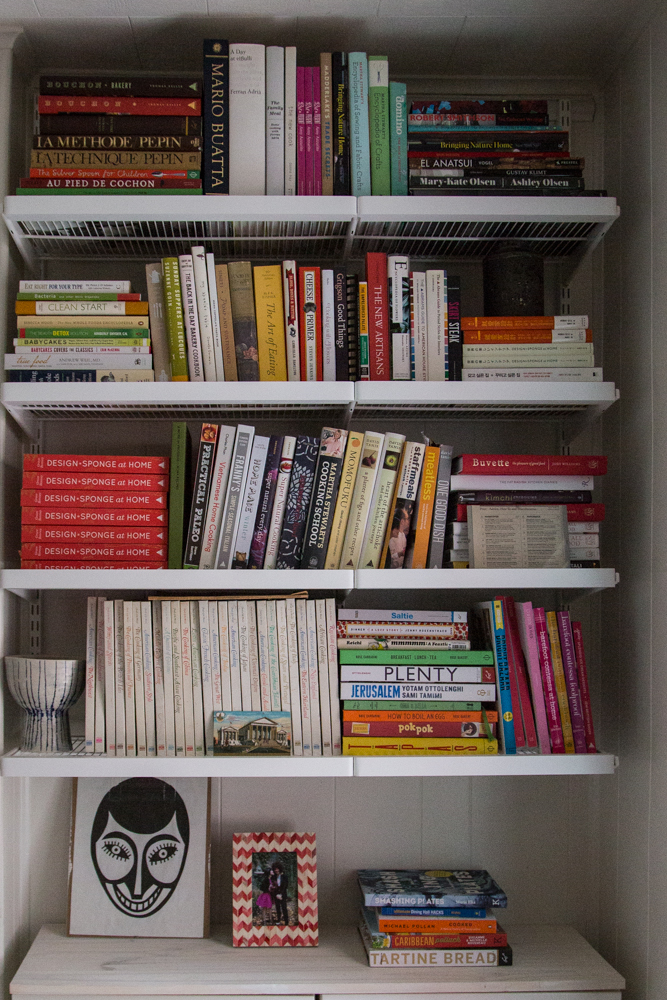
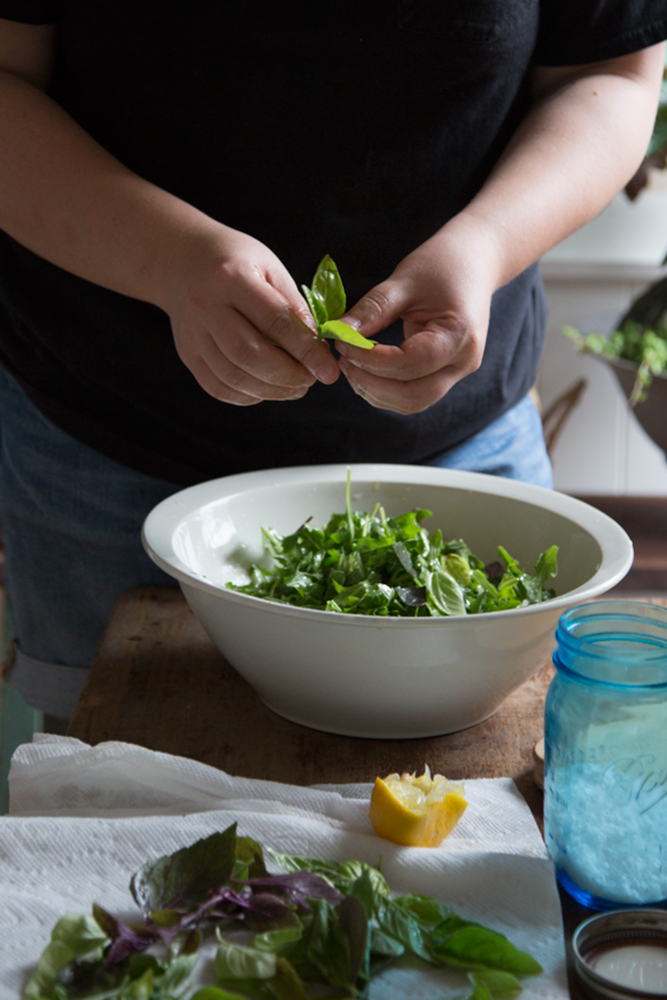
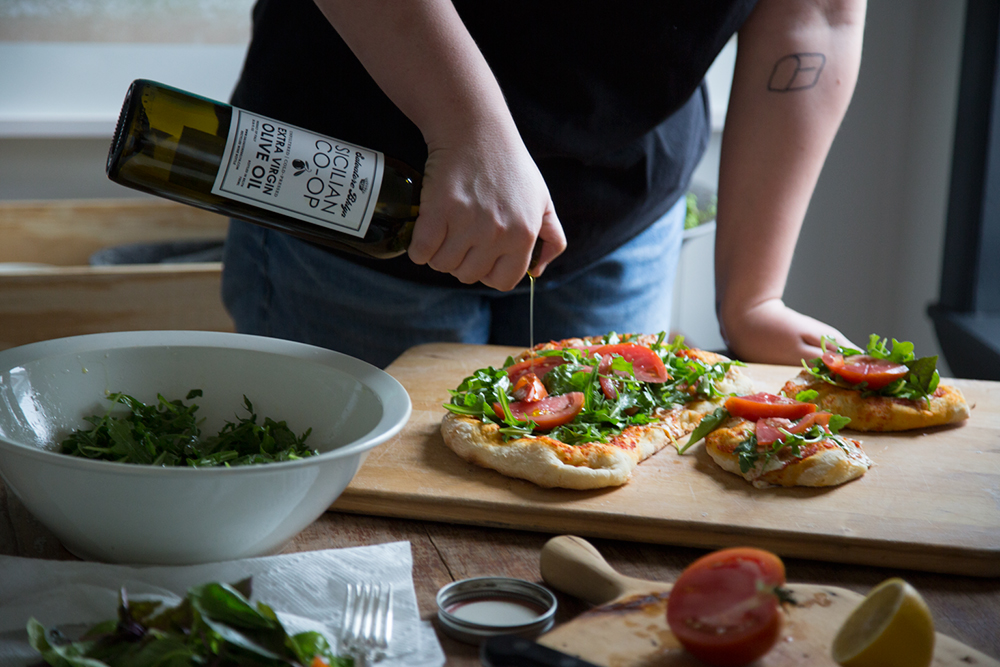
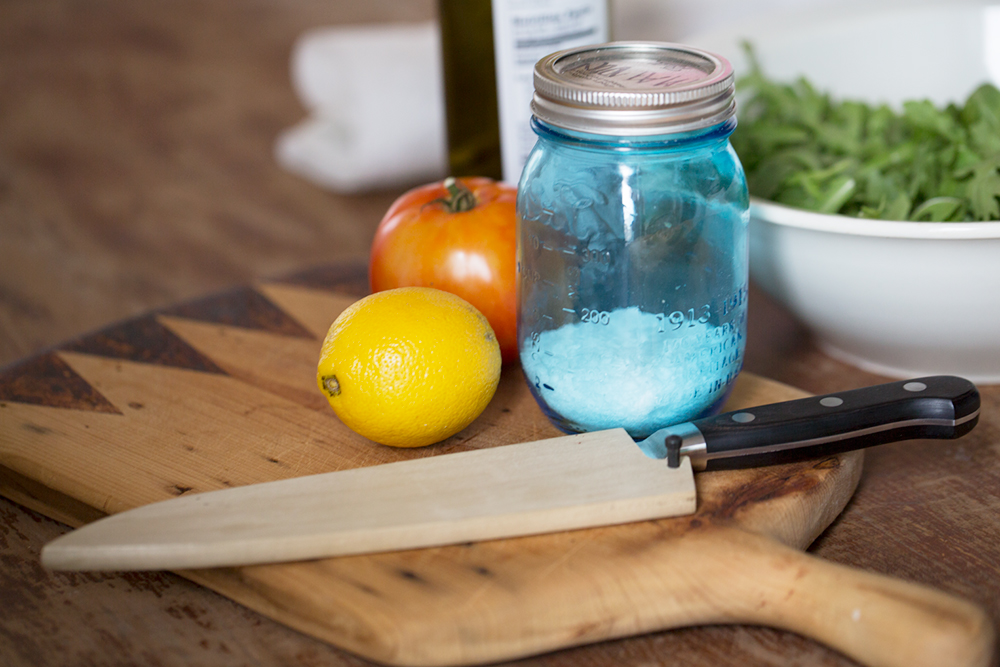
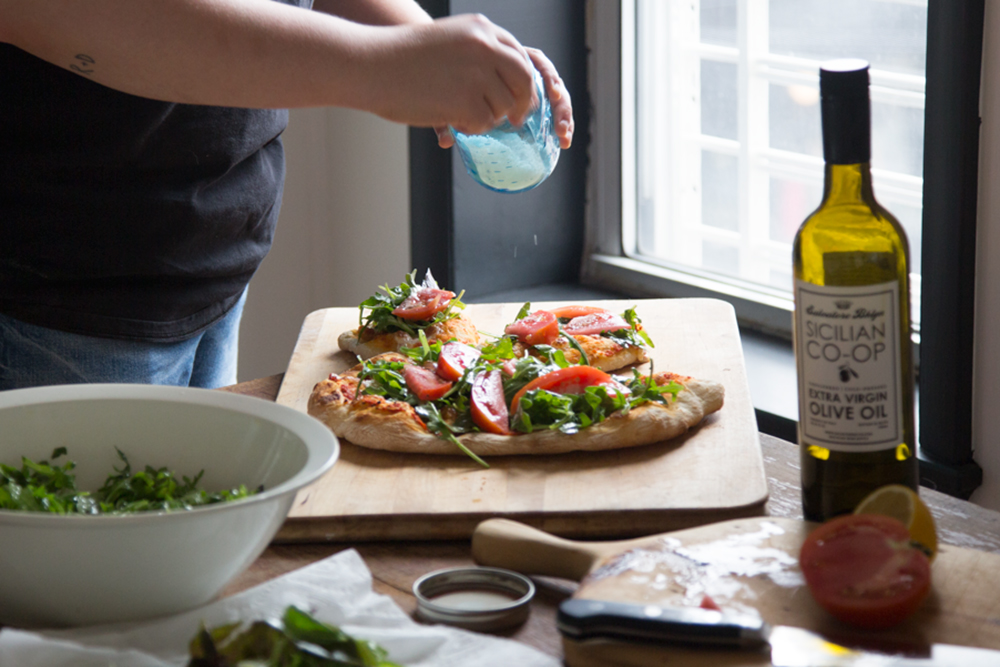
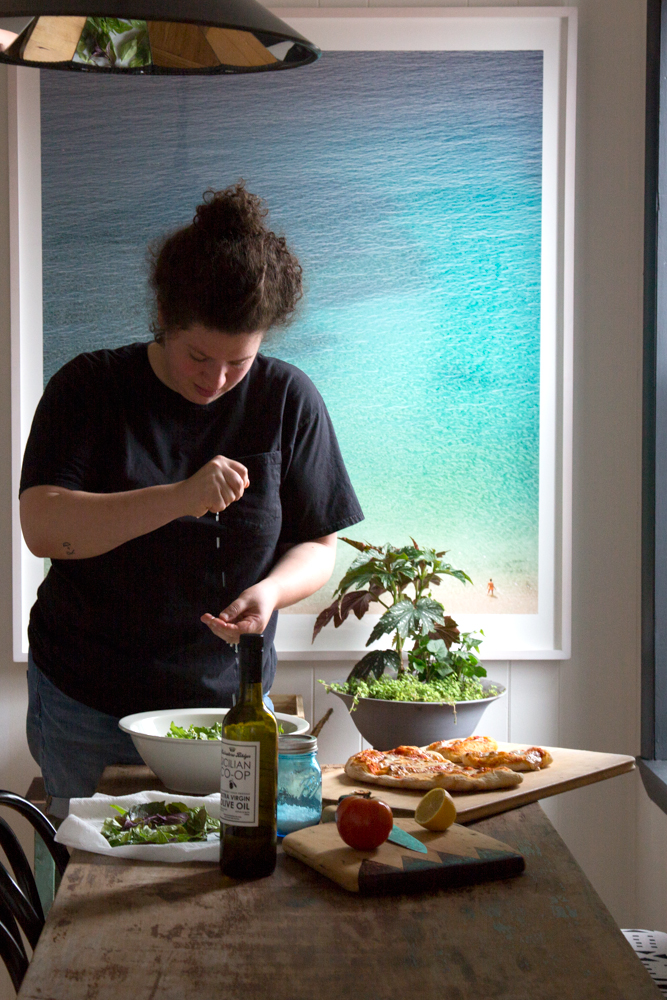
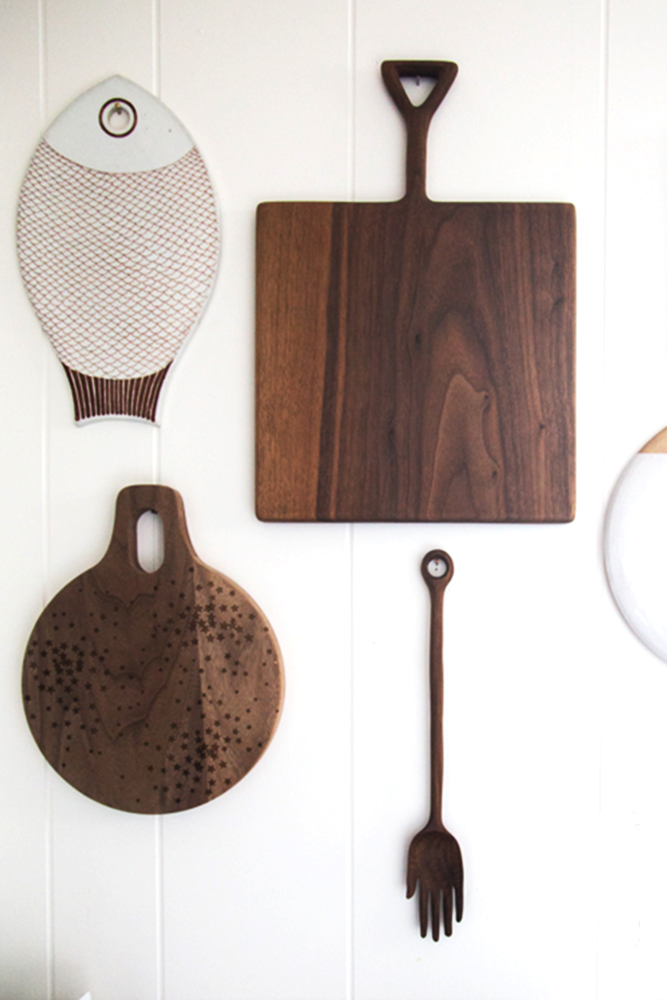
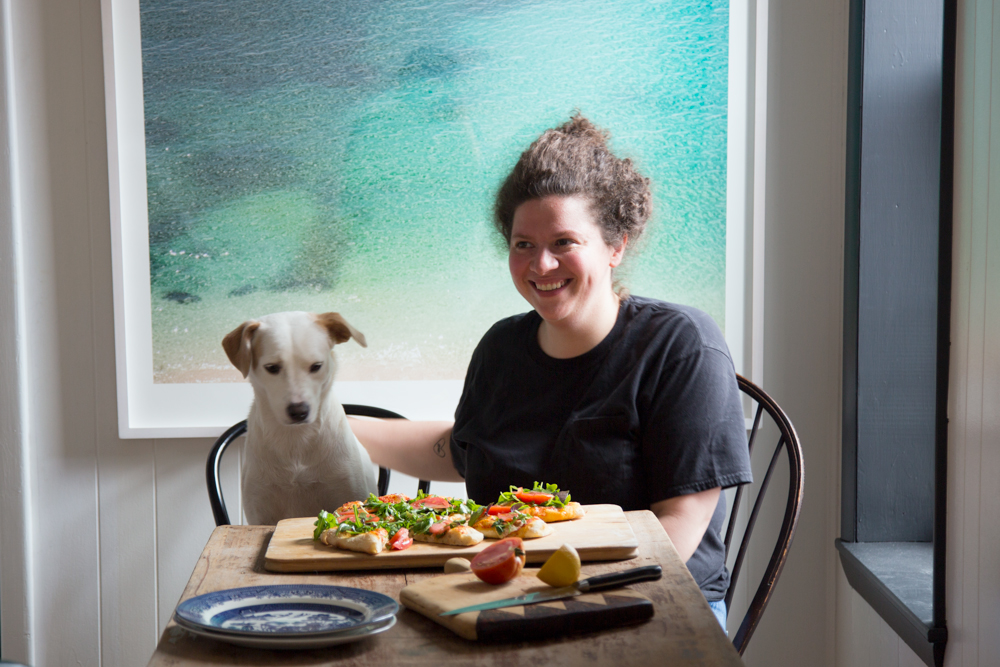
Cleo Broc-Abraham and Julia Turshen of Weird & Ravenous for The Honest Co.
NOTES
Unfortunately, you will have to wait for the Hot Bread Kitchen cookbook to hit the stands if you want the recipe for this dough (they call it “nan-e barbari”), but in the meantime, this recipe for Roberta’s pizza dough will suffice.
And, there is no shame in buying pizza dough from your local pizza parlor if you don’t feel like making it yourself. Just get the very best tomatoes to compensate.
RECIPE
DIFFICULTY
EASY
SERVES
4
PREP TIME
45 MINS
Pizza Crust
-
1/2 poundpizza dough
Topping
-
1cupyour favorite tomato sauce
-
1/4lbfresh mozzarella cheese, torn
-
4large handfulsarugula
-
2tbsolive oil
-
Leaves from 1 sprig basil, torn
-
1/2lemon, juiced
-
1ripe tomato, sliced into wedges
POSTED UNDER
- Main Course,
- Pizza,
- SUMMER
One of the comforting things about inviting myself over to Julia Turshen’s house to make salad, was knowing that I was not disrupting her schedule; Julia would be cooking all day in her Greenpoint kitchen, with or without me. For the last few months, she has been testing each and every recipe for the forthcoming cookbook by Hot Bread Kitchen, a bakery with a mission to employ and to celebrate the recipes of foreign-born women in New York. (You have probably purchased their delectable and well-designed products at the farmer’s market, so now that you know the positive impact of your dollars, go ahead and pat yourself on the back). Julia is a recipe tester, a food writer and the producer of various TV shows and food-centric videos for the web. She has put words to some of our most beloved chefs’ culinary creations, including Gwyneth Paltrow, Mario Batali, and most recently, Jody Williams of Buvette. And now, Julia is working on a cookbook of her very own, synthesizing all of the technique and diverse cookery that she has mastered over the years into something with just her name on the cover.
I met Julia Turshen when I was a guest on Radio Cherry Bombe, your favorite podcast featuring exceptional women in the world of food. Julia obtained the coveted position of the show’s host because she personally knows every accomplished woman in the food world, from chefs to farmers, but more importantly, because she herself is adored by every single one of them. From what I have deduced, Julia is the popular girl, who actually deserves to rule the roost (clap your hands for adulthood, and for good karma while you are at it). When she is not tearing through cookbooks at home, she is on the radio, applauding the work of her colleagues, and she really means it. So, I was happy to interrupt her workday and ask her to convert one of Hot Bread Kitchen’s naan recipes into a salad pizza for us to share. Why is it that the best salads seem to be pizzas?
Don’t answer that.
Julia Turshen in Her Own Words
Julia Sherman: What is your favorite salad, either to cook or to eat yourself?
Julia Turshen: I gotta say, I love a good wedge salad. Or a simple tomato salad. The one I eat the most though is a simple arugula salad, with good olive oil and lemon juice, like the one that’s on top of the pizza.
JS: How did you start writing cookbooks? have you always been a stickler when it comes to recipes?
JT: I devoured cookbooks from the time I learned to read. I’ve been a lifelong “cookbook-a-holic.” I always cooked and I studied writing in college, during which I interned at a few magazine and then started writing whatever I could. I now happily write full time. As far as recipes go, I have always been a stickler when I write them, but never when I cook from them!
JS: You cook in a really modest kitchen, a consumer kitchen, not a test kitchen by any means. Is this important for your process? I have to say, it gives me confidence to know that you are cooking in a similar setting to the majority of cookbook users.
JT: Oh I am so happy to hear that! It’s actually pretty crucial for my process since I feel like if I can cook it in my small, modest kitchen that has minimal counter space (so I won’t ask anyone to do a ton of stuff if it isn’t crucial), minimal storage (so I don’t have a billion gadgets, only the essentials) and no dish washer (so I especially won’t instruct you to use 2 bowls if you can get anyway with 1!), then anyone can make the recipe I’m working on in any kitchen.
JS: What happens when you are testing a recipe for a dish that you absolutely disdain? Something you would never order in a restaurant nor cook yourself? does that ever happen?
JT: I actually don’t think that’s ever happened?! I will try anything and enjoy most everything. My problem is usually the reverse — what to do when I’m testing all sorts of delicious things and can’t figure out what to do with it all!
JS: You produced the cookbook and worked on the show Kimchi Chronicles. Korean food is one of the cuisines I particularly enjoy eating out, since I would have no idea how to cook it myself. Did you know how to cook Korean food before? Was the learning curve at all intimidating for you?
JT: I knew very little about Korean cooking before, but I was the same as you— I really enjoyed eating it in restaurants. It was less intimidating to work on that book than it was thrilling— I learned so much, especially how crazy easy it is to make so many Korean dishes as long as you have the right ingredients.
JS: What do you like to cook most when you are not following a recipe? Do the recipes you test find their way into your repertoire?
JT: I never follow recipes unless I am testing them and when I’m cooking just to cook, it’s always really simple, intuitive and usually pretty in tune with whatever’s growing during that moment. I am definitely influenced by the recipes I have developed and the projects I work on— I love working on books with subjects I’m not an expert in so that I can learn lots of new things.
JS: You are the host of Radio Cherry Bombe, where you interview women who are doing innovative things in the world of food. How did you get involved with Cherry Bombe, and what do you think is the potential of projects that aim to create a community around women who share an ambition to work in this business?
JT: I interviewed Gabrielle Hamilton for the first issue and it was such a wonderful experience. I felt really invigorated and inspired by the interview and I was so happy to have it in a publication geared towards women in food. It gave me the spark of the idea for Radio Cherry Bombe because I thought it would be amazing to have those sorts of conversations on a weekly basis— and not have to write anything down! It’s been really fun hosting the show. I think the potential of projects like the radio show is all about expanding the community and introducing the audience to women they want to know more about or women they should know about it. I also think the most amazing part always happens off the air when guests exchange information— that moment of connection is what it’s all about, introducing women who are doing amazing work in all different corners of the industry so that the community becomes bigger and more dynamic.
JS: You are working on your own cookbook now, how would you describe that book? What are some of the lessons you have learned or things you have taken away from producing other people’s projects?
JT: Yes, I am so excited about it! It’s going to a really personal book, all about cooking at home and totally driven by techniques. I have learned a ton from every single project I’ve worked on, but I guess the most valuable thing that I’ll be taking with me as I work on my own book is time management!
JS: If books were suddenly banned, and you could only keep one of your many cookbooks squirreled away for personal use, which one would you choose?
JT: This is like my worst nightmare question. Honestly, I would keep my copy of Lee Bailey’s Country Weekends— not for the recipes, but for the perfect feeling it evokes of how food can fit into a home and be shared with people you love.

